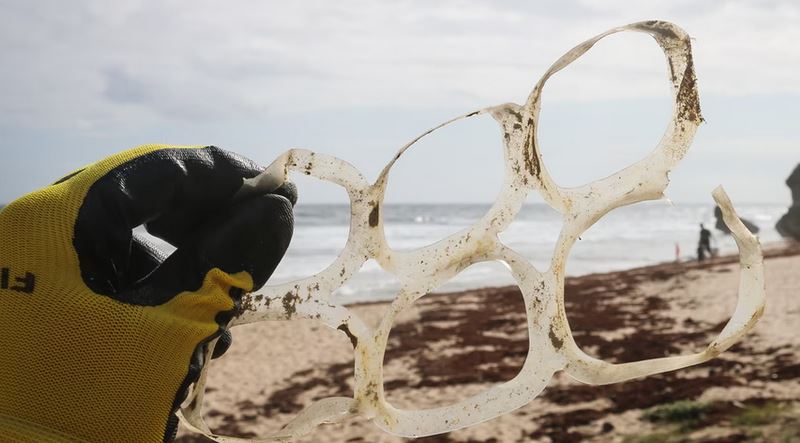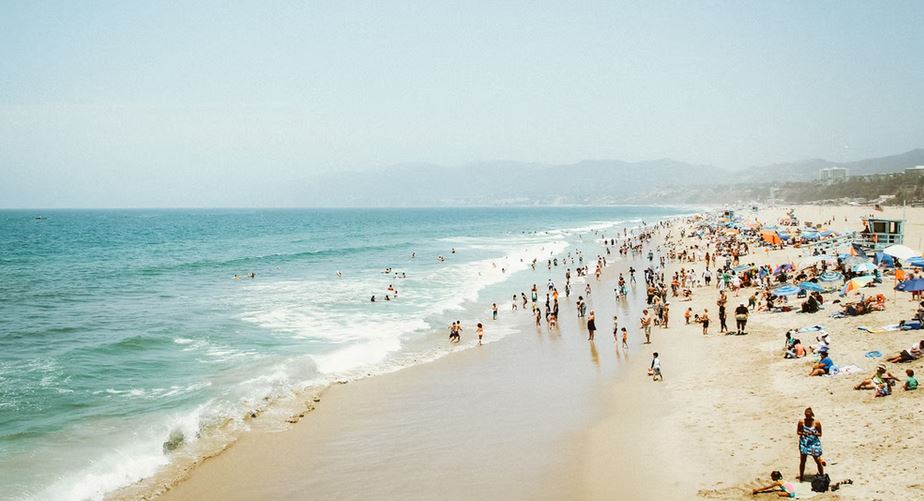So, you’ve decided to make a positive impact on the environment by doing a beach clean up? That’s fantastic! Not only will you be helping to protect marine life and ecosystems, but you’ll also be setting a great example for others to follow. In this article, we will guide you through the steps of how to do a beach clean up effectively and efficiently.
Preparation

Before heading to the beach, it’s important to make sure you have all the necessary equipment. Here are some items you may want to bring with you:
- Gloves: Protect your hands from sharp objects or germs.
- Trash bags: To collect and dispose of the litter.
- Pickers or tongs: Handy for picking up smaller items without bending down.
- Sunscreen and water: Keep yourself protected and hydrated during the clean up.
It’s also a good idea to check the weather forecast and pick a day with calm weather to ensure the safety of all participants.
Execution
When you arrive at the beach, choose a starting point and begin collecting litter. Be sure to cover the entire area, including the shoreline, dunes, and any nearby pathways or parking lots. Remember to be cautious when picking up sharp objects or potentially hazardous materials.
Sort the collected items into separate bags for recycling and disposal. This will make the process easier when it comes time to properly dispose of the waste. Make a mental note of any particularly problematic areas that may require additional attention in the future.
Safety
Safety should always be a top priority during a beach clean up. Watch out for hazardous materials such as broken glass, sharp objects, or toxic chemicals. If you come across any items that you are unsure about, do not touch them and instead, inform the appropriate authorities.
Be mindful of your surroundings and keep an eye on the tide to avoid getting trapped or injured. It’s also a good idea to work in pairs or groups to ensure help is available in case of an emergency.
Disposal

Once you have collected all the litter, it’s time to properly dispose of it. Check with local authorities or beach management for designated disposal areas or recycling facilities. Do not leave the trash bags unattended on the beach, as this can harm wildlife and undo all your hard work.
Consider organizing a community clean up event to raise awareness and encourage more people to get involved in protecting our beaches.
Conclusion
In conclusion, doing a beach clean up is a rewarding and impactful way to give back to the environment. By following these simple steps and being mindful of safety precautions, you can make a significant difference in preserving our beaches for future generations to enjoy. So grab your gloves and trash bags, and let’s work together to keep our shores clean and beautiful.

This is so detailed. Thank you for all the effort.
Ally is a wonderful writer Janet. He takes such passion in the environment.
It is actually quite an enjoyable day! We like doing trail cleanups with the family. It is absolutely amazing (disgusting) the rubbish that people will discard while on walks.
Good tips to keep the environment clean!